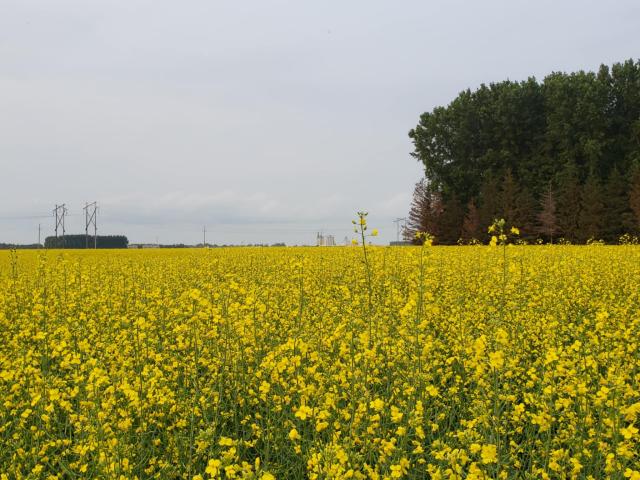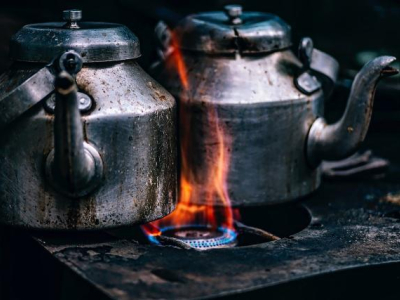Hot sunny weather was very abundant in this week's Manitoba Crop Report.
Rain didn't fall on several locations across the province, with the most being seen at the Sprague weather station at 51.3 mm.
This streak of warmer, drier weather led to some significant growth and has started to bring a more average number of growing degree days to the mix.
The damage from the heavy early rain is still quite evident, with some late-seeded crops behind, but conditions have been favorable to make up for lost time.
MASC has also received up to 97% of the estimated seeded acres for the year, with Canola topping the list at 3,033,977 acres, Spring wheat in second at 2,579,938 acres, and Soybeans in third at 1,212,710 acres.
Speaking of Spring wheat, it ranged from the soft dough to hard dough growth stages with awns starting to turn colour. Spring wheat quality is rated mostly fair to good with 5 to 10% of the crop being reported as poor in the Southwest, Northwest, Central, and Interlake regions
Some of the earliest fall rye could begin harvesting this week, and winter wheat has fields between hard dough and physiological maturity.
Aside from water-stressed areas, oil seeds are moving along well, with canola seeds ranging from pod fill to full flower, differing in early and late crops.
Sunflowers took advantage of the sunshine but also saw a lot of variance from the timing. Flax is mostly between growth stages 9 and 10.
Soybeans have also surged ahead from this hot weather, with most in the R2 to R3 stages, with the most advanced fully podded. Field peas are in the R4 to R5 stages, with crops in the Eastern Region noticing the most damage from excess moisture.
Good progress has been made on first-cut beef hay as fields were wrapped up, and humidity levels finally dropped late last week. Hay yields are being reported in the 2.5-3 tonnes per acre on tame hay stands, and moisture conditions in low-lying areas are improving, making fields more accessible with haying equipment
Dairy farms have taken their first cut of alfalfa silage, and most have taken a second cut.
The warm weather this week combined with soil moisture has allowed for strong growth in pastures and of forage crops. Cattle are making the most of strong growth due to the moist soil conditions.
Some areas have become damaged from hoof action on waterlogged soils. Producers are attempting to control fly numbers on pasture and are looking for pink eye and foot rot where conditions remain wet underfoot.
Closer to home, the Northwest Region had hot and humid conditions that persisted most of the week.
The highest temperature was 31.4°C at the Drifting River station and the lowest overnight temperature was 8.7°C at the San Clara station. Most of the region received little to no precipitation, except for Reedy Creek station which received 44 mm.
The most advanced canola crops are nearing the end of flowering and are at the pod-filling stage. Crops are more advanced in Swan River/Roblin and behind in the Dauphin area due to excess moisture in spring.
Fungicide applications have mostly been wrapped up, with the exception of late-seeded crops requiring it. Recent high temperatures have caused some pod abortions due to heat stress.
The most advanced spring wheat is in late milk to soft dough and late crops are in the flowering stage. Some fields that were previously stressed due to excess moisture have recovered.
Earliest field peas are nearing the R5 stage and the remainder of the crop is in R3-R4. Soybean crops are in the R2 stage and mostly looking good. The recent heat has helped and advanced the crops quickly. There are crops in the Dauphin area that were stressed from excess moisture and are in the R1 stage.
Another week of hot and clear weather seems to be in store for much of the province, evening out the excess moisture and lower-than-average growing degree days.
that's it for this weekly look at the Manitoba Crop Report. Here's hoping conditions remain favorable, but of course, only time will tell.







